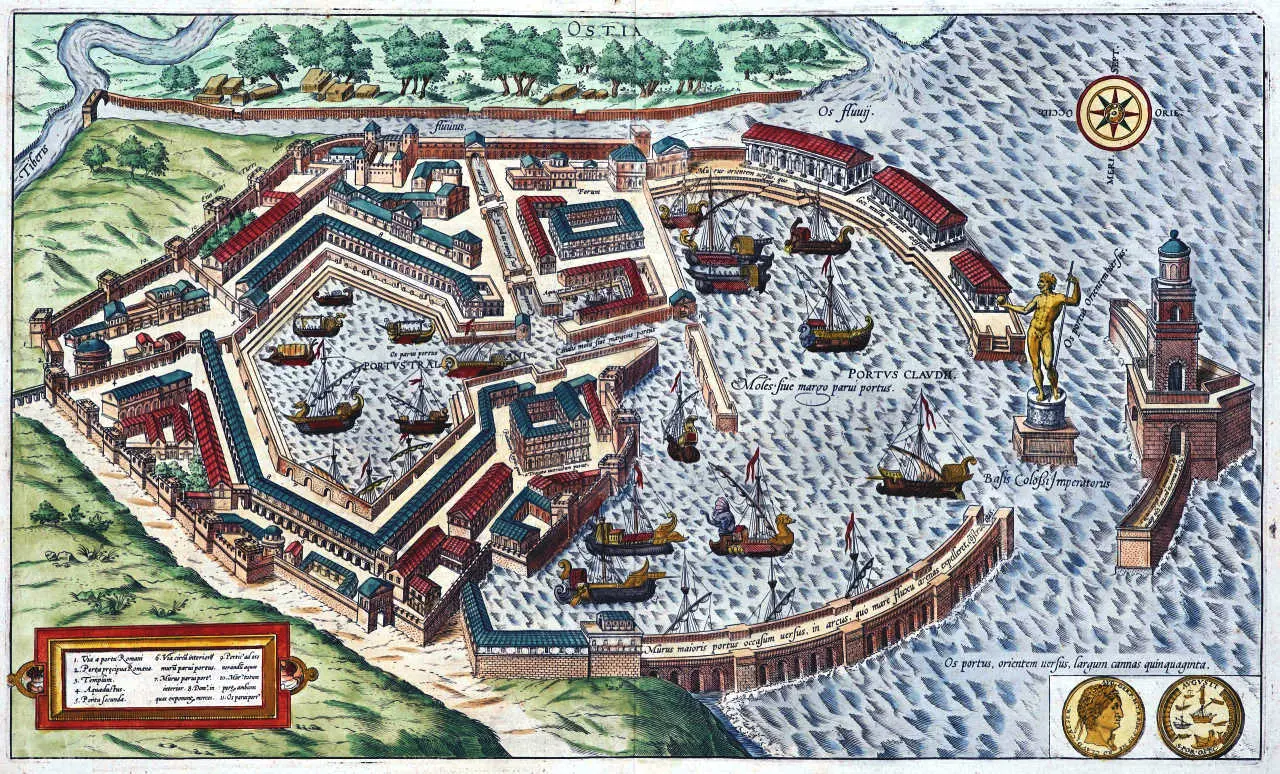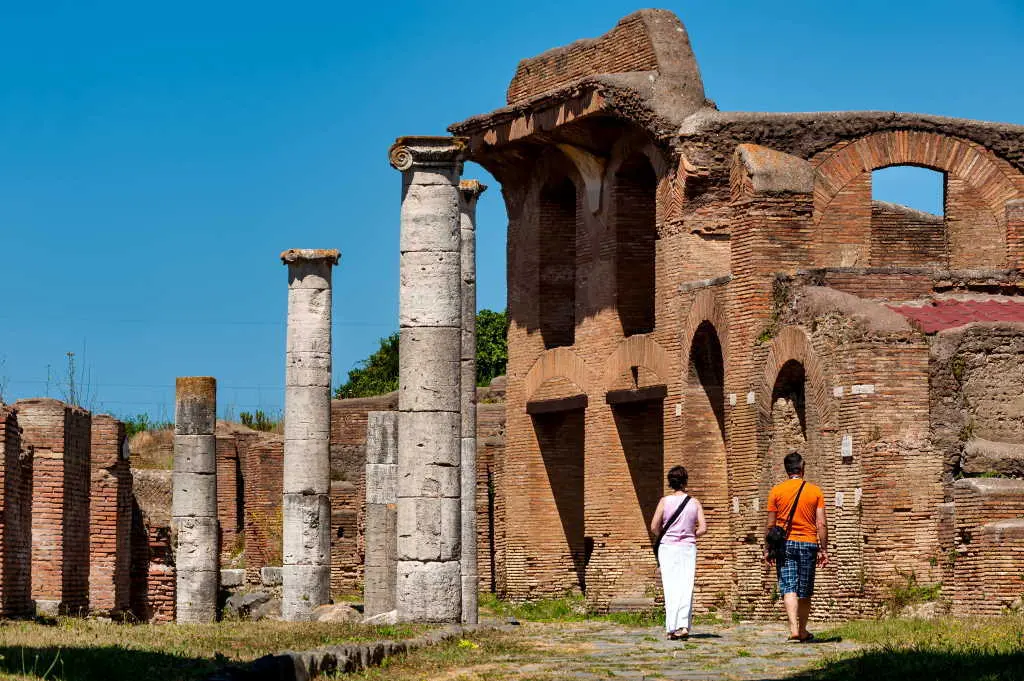by Sarah Strol

We arrived in Rome in August, filled with enthusiasm, my husband Michael and I, eager to explore the beauties of the Eternal City. After a few days of captivating Roman chaos, we decided to escape the frenzy and heat of the capital to discover what the Roman Coastline and its sea had to offer.
The brackish air and lively energy of Fregene welcomed us positively. The wide sandy beaches were simply spectacular, and the waves of the Tyrrhenian Sea tempted Michael to grab his surfboard and dive into the waters. While he enjoyed himself among the waves, I preferred to stroll along the promenade, dipping my feet in the water and enjoying the breathtaking panorama. The atmosphere of this coastal town is palpable, with colorful surfers riding the waves and young families enjoying the sun.
Among the hidden gems of the Roman Coastline lies the picturesque Fishermen’s Village of Fregene, a destination that has fascinated and inspired numerous cultural figures over the years, becoming a refuge for artists, writers, and filmmakers in search of inspiration and tranquility.
Along the mouth of the Arrone River, which winds through the sand dunes and creates a unique environment where flora and fauna blend harmoniously, I observe the sunset on the beach and reflect on the beauty of this place. Everything contributes to creating a unique magic that fascinates anyone who visits. In an era when the modern world seems to prevail, Fregene and its Fishermen’s Village represent an escape to a more authentic and intimate dimension.

Meeting some locals, we discovered that the Fishermen’s Village of Fregene was one of the favorite locations of the legendary Italian director Federico Fellini.
Here, Fellini spent many moments of creativity and relaxation. The unique atmosphere of the village and the surrounding natural beauty enveloped the director, deeply influencing his cinematic masterpieces. A noteworthy moment for cinema lovers is the iconic ending of the film “La Dolce Vita,” shot right here in the Fishermen’s Village, the perfect setting for the famous scene with Marcello Mastroianni.
A cone of fried calamari and shrimp and off we go! We got back in the rental car to reach Fiumicino. We had read that where the airport now stands, there was once the sea, and the Romans had built a port there. We were fascinated by the visit to Portus Romae, the monumental port that served ancient Rome. This historic site played a crucial role in the trade of the Roman Empire. As we looked at the majestic ruins, we were transported back in time, imagining ships laden with goods arriving from all over the world. Portus Romae was a crossroads of cultures, a place where past and present intertwined magically. Here is a brief history of Portus Romae.

After visiting Portus Romae, we decided to explore Ostia Antica, a true historical treasure located a short distance from Rome. This well-preserved archaeological site offers an immersion into the daily life of ancient Rome. You can stroll through the cobbled streets, explore ancient buildings like the theater and the baths, and admire ancient mosaics and sculptures. The atmosphere here is unique, with a feeling of traveling back in time enveloping you.

A few kilometers from Ostia Antica lies Lido di Ostia, a simple and unpretentious seaside resort. Its sandy beaches are quite crowded during the summer, with umbrellas and loungers extending to the horizon.
The coastline of Ostia is characterized by a series of beach resorts, restaurants, and kiosks offering food and drinks. The local cuisine reflects the maritime traditions of the region, with dishes based on fresh fish. You can enjoy specialties such as fried seafood, spaghetti with clams, and grilled prawns.
It is important to emphasize that Lido di Ostia is not a luxury or exclusive destination. These are simple places frequented by a variety of people from different social backgrounds. Here, you breathe an authentic atmosphere, far from fashionable catwalks or luxurious yachts. It is a destination for those seeking a relaxing and unpretentious vacation.
We took advantage and relaxed among the dunes of Capocotta, on the beach, after a swim in the crystal-clear waters of the Tyrrhenian Sea and enjoyed artisanal ice cream.
Our journey along the Roman Coastline led us to Anzio and Nettuno, two cities that hold a dramatic history. We paid tribute to the fallen soldiers during the Anzio landing in World War II by visiting the American Cemetery in Nettuno. In Anzio, we visited the Landing Museum and strolled through the streets of the historic center. The seafood lunch in one of the characteristic restaurants was nothing short of sumptuous.
In addition to history, Anzio and Nettuno also boast charming beaches, fascinating marinas, and a cuisine based on fresh fish that will delight the most demanding palates.


Our journey along the Roman Coastline was adventurous and full of discoveries. My husband Michael and I experienced intense moments on the enchanting beaches and exploring ancient ruins. The charming seaside resorts, the historical traces, and the unique atmospheres of the Roman Coastline made us feel part of a landscape that has inspired artists and writers over the centuries, a memory that will accompany us for a long time.